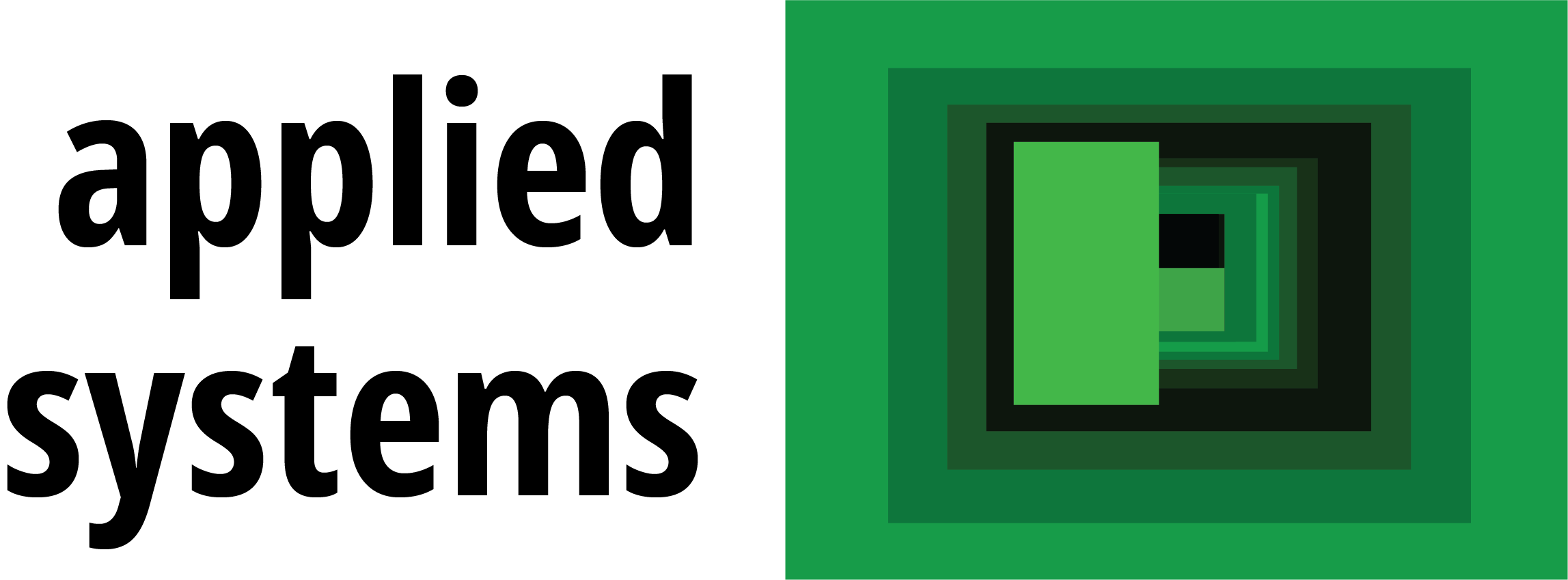security
This is a description for this page
To a large degree, control engineering is a “hidden” technology, in the sense that it permits the efficient operation of everything from the hard-disks in our computers, to cruise-control in our cars, to regulation in refineries and power plants. Many of these applications are in some of our most critical infrastructures – e.g., power, water, transportation. Control theory has a long history of designing systems to be able to operate in the presence of undesirable noise and model uncertainty. Security of control systems, however, presents all new challenges to the control community. Assumptions that have been made – for example for the Kalman Filter – are no longer valid as soon as perturbations to the system may have been caused by an adversarial attacker rather than random failure. The systematic and persistent nature of attacks identifies key vulnerabilities of control systems. Our work uses the coupling of the physical layer to detect attacks by quantifying the analytic relationships between detection method parameters (e.g., thresholds), the largest undetected deviation of the state possible, and the expected rate of false alarms.
Template post <— title already placed thus not needed
additional sub title
Standard text that I put here
Here’s a link to relative link networks page or example post.
General web link Nova website
Example post using standard mark down



